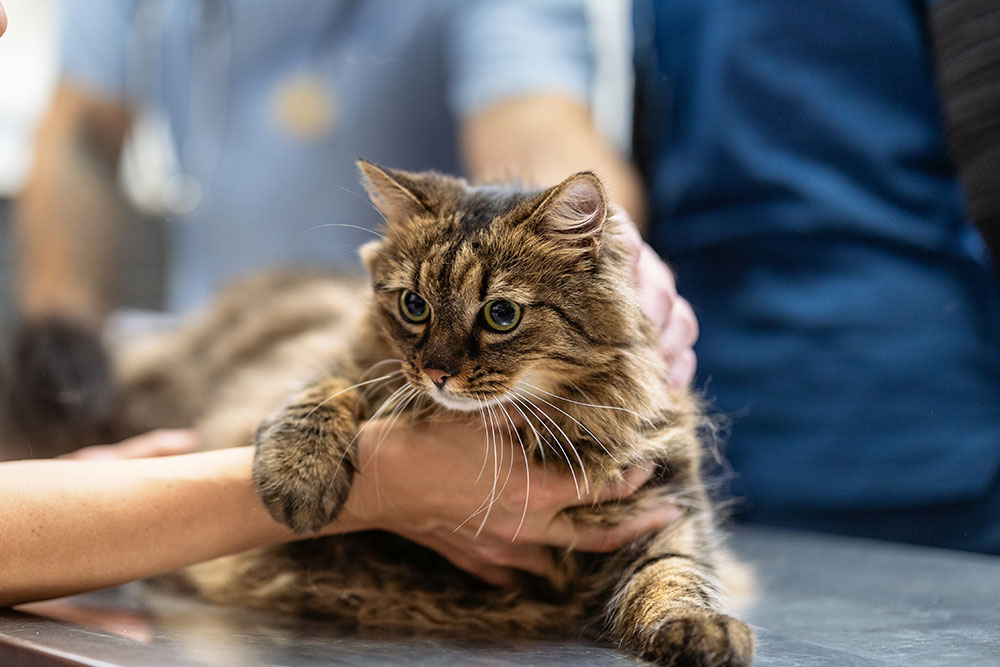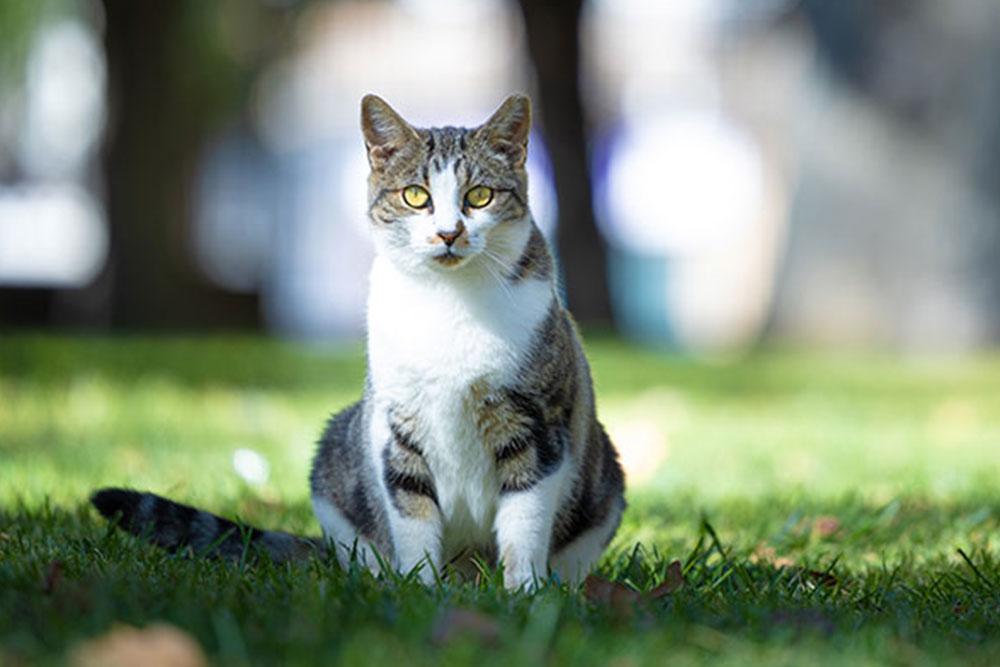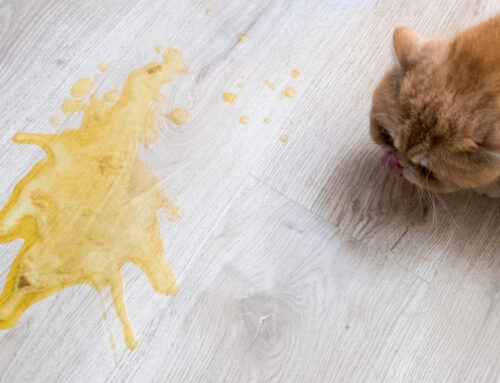Understanding Resorptive Lesions in Cats: What Every Cat Owner Should Know
Dental health is a crucial yet often overlooked aspect of caring for our cats. One dental condition that many cat owners may not be familiar with is feline resorptive lesions (FORLs). These painful lesions affect a large percentage of adult cats, leading to tooth loss if left untreated. At Arcata Animal Hospital, we prioritize your cat’s oral health and want to ensure that you understand this common issue. This blog will explain what resorptive lesions are, the signs to look for, and how to prevent and treat them.
What Are Resorptive Lesions?
Resorptive lesions, also known as feline odontoclastic resorptive lesions (FORLs), occur when a cat’s body begins to break down and reabsorb the tooth’s structure, starting at the root and eventually affecting the crown. These lesions are incredibly painful and can lead to severe oral discomfort, making it difficult for your cat to eat or groom.
While the exact cause of resorptive lesions remains unclear, research suggests that the condition may be linked to inflammation, trauma, or an overactive immune response. Whatever the cause, timely identification and treatment are essential to maintain your cat’s quality of life.
Signs of Resorptive Lesions
Cats are known for their stoic nature, often hiding signs of pain or discomfort. However, there are a few key signs to watch for that may indicate your cat is suffering from resorptive lesions:
- Difficulty Eating: Your cat may drop food, chew on one side of their mouth, or avoid hard food altogether.
- Excessive Drooling: Cats with dental pain may drool more than usual.
- Bleeding or Inflamed Gums: Swollen, red gums, especially around the affected tooth, are common.
- Weight Loss: If your cat avoids eating due to pain, weight loss can be a result.
- Tooth Discoloration or Visible Lesions: You may notice a darkened tooth or visible lesions at the gum line during a home examination.
If you notice any of these symptoms, schedule an appointment with your veterinarian right away. You can find more information about dental care on our Dental Health Page.
Diagnosing and Treating Resorptive Lesions
The only way to definitively diagnose resorptive lesions is through a dental examination and full-mouth dental X-rays. At Arcata Animal Hospital, we utilize advanced diagnostic tools to detect resorptive lesions early. Regular dental exams allow our team to identify and treat the problem before it leads to further complications.
Treatment Options

Once resorptive lesions are identified, treatment usually involves tooth extraction. Since the affected teeth are being reabsorbed, extraction is often the most effective way to alleviate pain and prevent infection. In some cases, crowns may be removed if the root is already being reabsorbed, but this will depend on the severity of the lesion.
The good news is that most cats recover well from extractions and return to eating and behaving normally once the source of pain is removed. Keeping up with regular dental cleanings and checkups can help catch these lesions early, before they require extraction.
Learn more about our dental care services and how we can help your cat on our Veterinary Dentistry Page.
Preventing Resorptive Lesions
While there is no guaranteed way to prevent resorptive lesions, routine dental care can significantly reduce your cat’s risk of developing severe dental disease. Here are some steps you can take:
- Regular Dental Checkups: Schedule regular dental exams with your veterinarian to catch any signs of resorptive lesions early.
- At-Home Dental Care: Brushing your cat’s teeth regularly with pet-safe toothpaste can help maintain healthy gums and teeth. If brushing isn’t possible, consider dental treats or water additives designed to promote oral health.
- Diet: Some studies suggest that feeding a high-quality diet, including kibble designed to reduce plaque and tartar, may help prevent dental issues. Ask your veterinarian for recommendations.
For tips on maintaining your cat’s dental health, check out our Preventative Care section.
The Importance of Regular Veterinary Visits
Resorptive lesions are a progressive condition, which means they will worsen over time if left untreated. Unfortunately, because cats often hide signs of dental pain, the condition may go unnoticed without routine veterinary care. Regular veterinary visits and dental exams are essential for identifying and treating these lesions before they lead to severe pain or tooth loss.
At Arcata Animal Hospital, we recommend annual dental checkups and cleanings as part of a comprehensive wellness plan. Our experienced veterinary team is here to help you manage all aspects of your cat’s health, including dental care. By staying proactive, you can ensure that your cat enjoys a pain-free, healthy life.







Leave A Comment